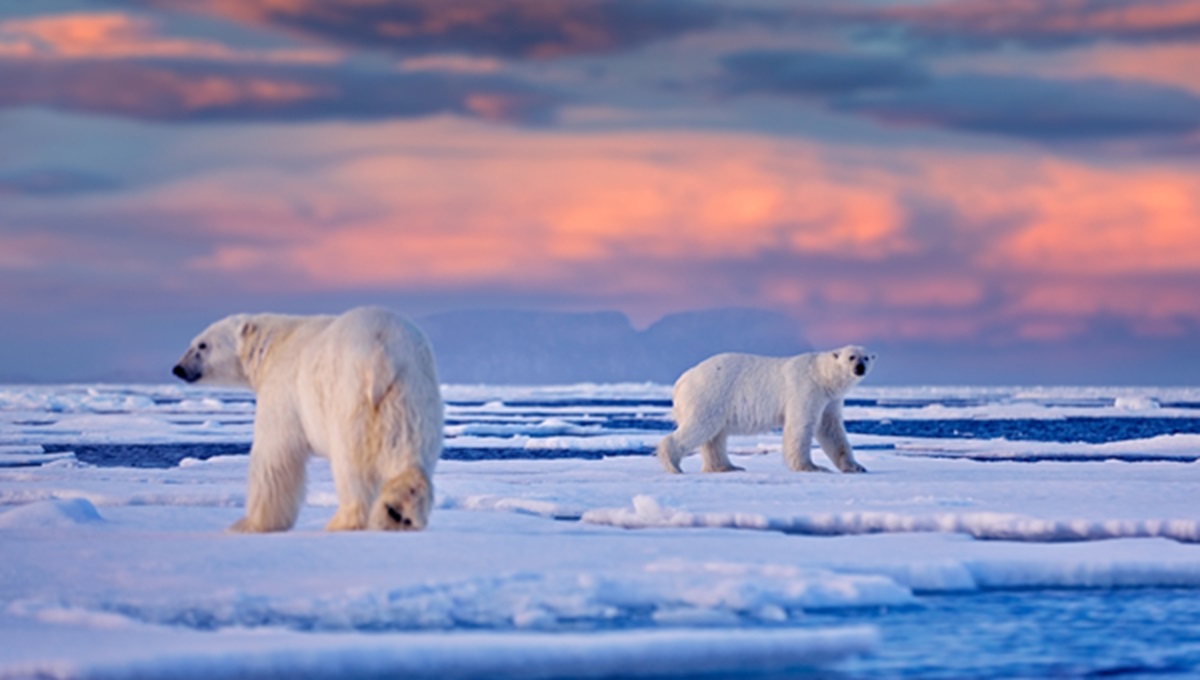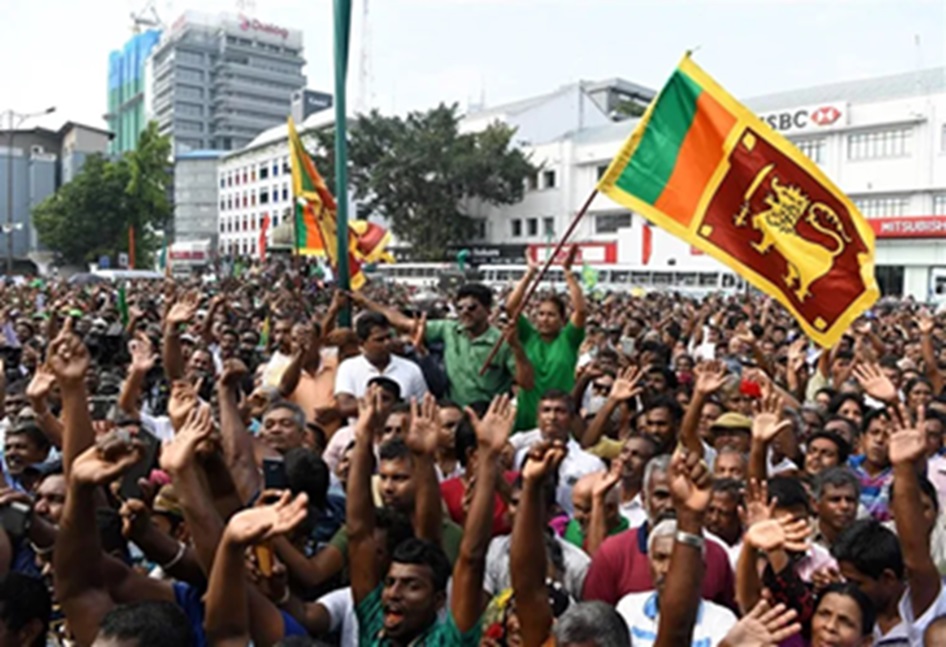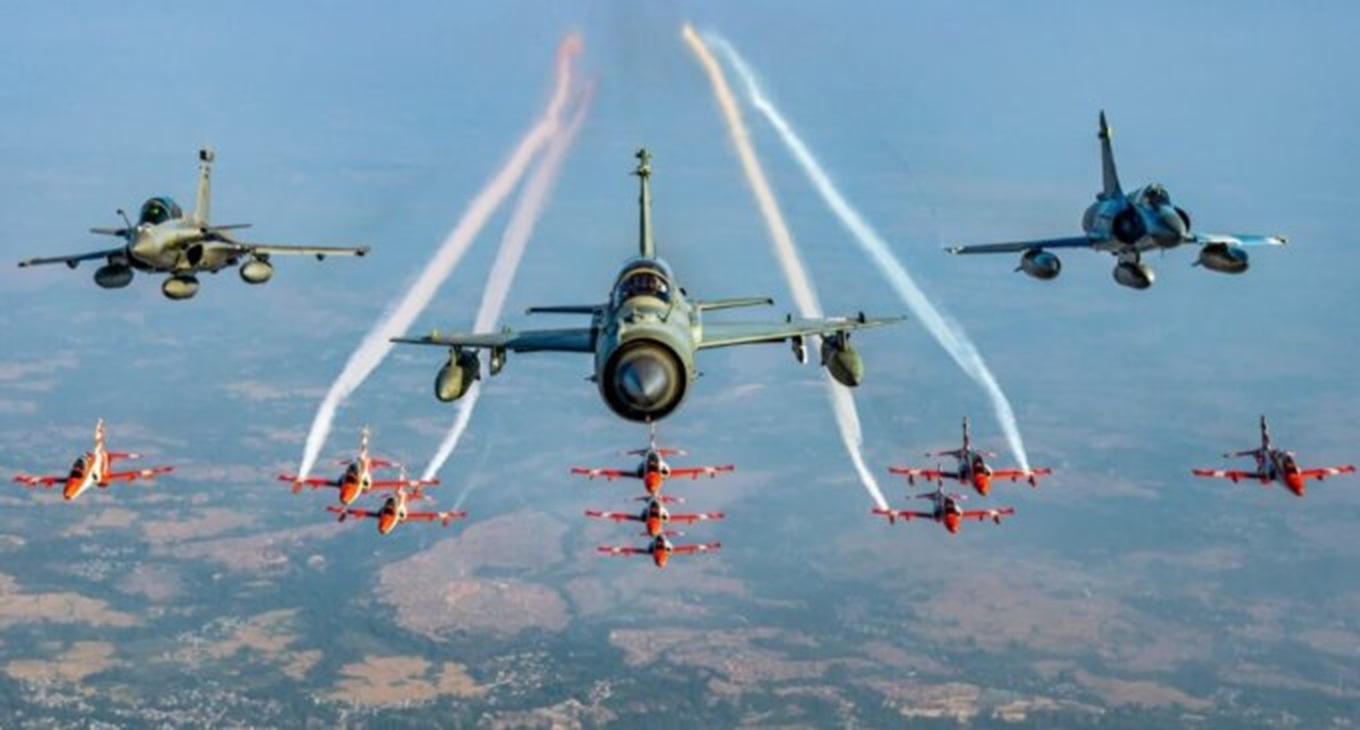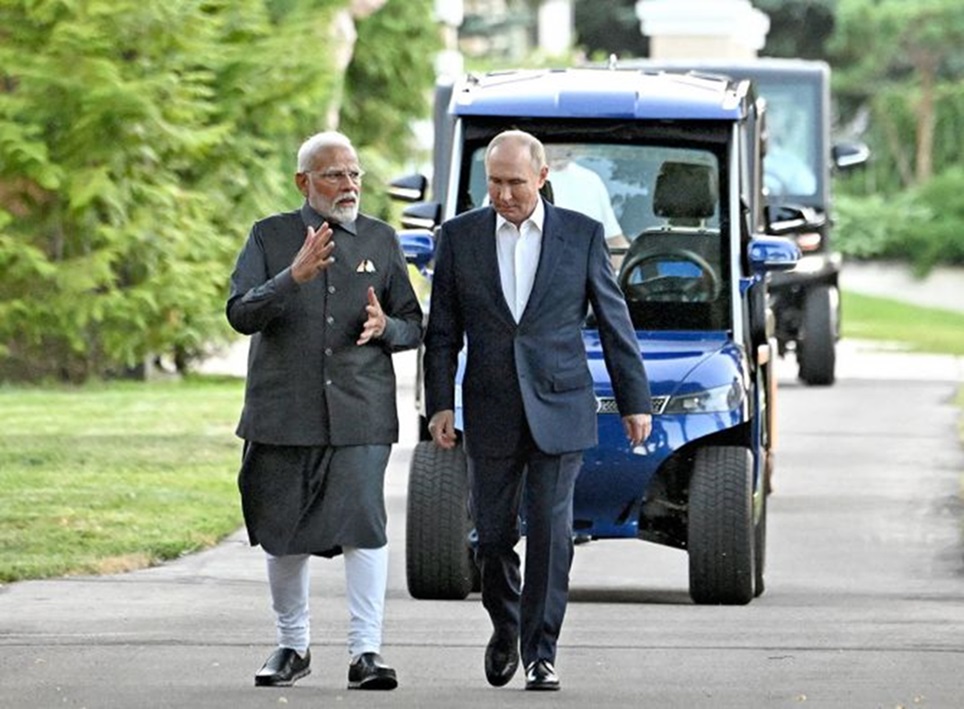India had established it’s Arctic research station in the year 2008. India’s Arctic programme aims to contribute to the development, consolidation and dissemination of factors affecting climate change, its impacts and adaptations. Indian has initiated an Arctic Expedition recently under MoES.
India’s Research
India’s first-ever winter expedition to the Arctic commenced on 18 Dec 2023 by Union Minister Kiran Rijiju of Ministry of Earth Sciences (MoES), and it will significantly advance the nation’s studies on biodiversity, sea level rise, and the global climate. Kiren Rijiju, the Union Minister of Earth Sciences, launched this winter science expedition to the Arctic region with the goal of maintaining a year-long footprint at the Himadri research station in Svalbard, Norway. The mission will allow for year-round observation of polar climatic and astrophysical condition.[1]
From the standpoint of climate research, the studies being undertaken at Arctic and Antarctic are critical. Because the current goal is to give research a big boost and maintain a presence along with the A5 countries, India has chosen to keep India’s Arctic station, Himadri operational all the year. The plan is to rotate and keep a team at Himadri round the year.
The team hopes to undertake a variety of studies, including observation of radio-wave signals from space and to study the formation of the cosmos, precipitation and the effect of climate change in the Arctic winter. They are also planning to investigate the atmospheric particles and how they influence the polar temperature.[2]
Existing Actors
A-5 Countries
The Arctic Five is a gathering of the five Arctic littoral governments (Canada, Denmark, Norway, Russia, and the USA) that addresses Arctic issues. It should be noted that this organization has no autonomous power or existence other than the states that form it. The Arctic littoral states meet frequently and negotiate on an ad hoc basis. There is no official or permanent administrative structure supporting this grouping; it is only a platform for interactions involving these five nations to deliberate and choose to engage and arrange themselves in certain situations at Arctic region. This, however, does not diminish the association’s relevance. Gatherings and concerted action by Arctic littoral governments have enormous regional repercussions.[3]
Arctic Council
In contrast to the ad hoc character of the Arctic Five, and while being the outcome of a non-binding declaration “The 1996 Ottawa Declaration” rather than a treaty, the Arctic Council is a relatively permanent and organized group that has been referred to as a “quasi-international organization”. It refers to itself as a “high level intergovernmental forum” despite the fact that it is not an international body with independent legal status, but rather a place and framework for state action. India is an observer member of the Arctic Council, having obtained this status in 2013. [4]
The Council serves as a forum, since it brings together different players in a hierarchical institution to examine Arctic problems. The apex players are the eight Member States (the Arctic Five, plus Iceland, Sweden, and Finland), who make all Arctic Council decisions by consensus. The Permanent Participants are next in line, consisting of six indigenous peoples’ groups that represent Arctic natives and have full consultation rights in all Council talks and decisions.
But, in addition to being a platform, the Council is, probably most importantly, a research platform.
Russia
Russia, a Eurasian power, understands its inherent Arctic pre-eminence. Since WWII, it has established a historic military foothold here. And, under Putin, the “Bastion Defense” policy is to built on a commitment to keep others out, primarily through sea-denial and control activities. In short, the Kremlin sees the Arctic as its backyard and claims the ability to control military, commercial, and scientific movement and activities.[5]
Russia’s Arctic coast contains the Kola Peninsula, which houses the Northern Fleet, as well as much of the country’s nuclear weapons, missile sites, airfields, and radar stations. The Kremlin has spent significant resources over the last decade renovating abandoned Soviet facilities and posts in the Arctic, building new bases, and broadening test sites for new Russian weaponry ranging from hypersonic missiles to Poseidon nuclear torpedo drones.[6]
Sino-Russian Cooperation in the Arctic
China’s self-proclaimed status as a “near Arctic state” is supported by the country’s expanding activity in the region. China’s naval strength, partnership with Russia, and scientific advances position it as a newcomer to the Arctic area. Over the last decade, China has invested around $90 billion in Russian Arctic fossil fuel and mineral projects. It has gradually begun to collaborate with Moscow on the development of its “Polar Silk Road,” the newest strand of Xi Jinping’s Belt and Road Initiative. With much of Beijing’s attention still focused on the South China Sea, China’s 2024 policy will most likely influence the activities of Chinese in the Arctic in the coming decade.[7]
As climate change opens up the potential of a feasible northern sea route and turns the arctic area into another battleground in the US-China conflict, China and Russia have been boosting their Arctic partnership, from energy and research to defense along the route of NSR, one of two crucial shipping channels across the Arctic.[8]
Extractive projects and related infrastructure underpin Sino-Russian cooperation along the NSR. Following the war in Ukraine, EU sanctions drove Moscow to seek new markets for its crude oil, with the majority of its shipments now moving to China and India via the long and expensive southern maritime route through the Suez Canal. Unease over China’s aspirations for Taiwan drew them closer. Russia requires investment and commodities to bypass Western sanctions. China needs resources. Both are helping each other. However, diminishing sea ice has possibly offered a more profitable route, which Russia is believed to be trying with a crude oil cargo across the Arctic Ocean.
Implications for India
India’s recent scientific research mission in the Arctic has the potential to have a big influence on its presence in the area and serve as a steppingstone. India’s Arctic Policy, which is built on six important pillars: research, climate change, economic growth, connectivity, governance, and capacity building, may include Russia in all six. In some of these fields, India and Russia already have government-to-government coordination structures in place, while collaboration in others requires a significant push. India, with its well-defined Arctic strategy, might emerge as a powerful option. Despite the continuing Ukraine crisis and intense Western pressures, India-Russia ties have remained strong as they complete 75 years of diplomatic interaction.
The abundance of mineral and energy resources in the Russian Arctic, together with India’s growing need for these resources, has the potential to propel bilateral commerce to unprecedented heights in the future decades. It is an appropriate time for India to contemplate fresh long-term energy investments in the area. Similarly, Russia sees similar collaborations with India in the Arctic as a potential option to China’s growing economic and geopolitical primacy in the region.
India must strengthen its bilateral ties with Russia by maintaining the current engagements with the other A5 members. Similarly, the A5 must realize that India’s developing collaboration with Russia in the Arctic does not pose a danger to Western/Nordic regional interests.
Title image courtesy: mundyadventures
Disclaimer: The views and opinions expressed by the author do not necessarily reflect the views of the Government of India and Defence Research and Studies
References:
[1] Pillai, S. (2023, December 18). India launches first winter mission to Arctic. Hindustan Times. https://www.hindustantimes.com/india-news/india-launches-first-winter-mission-to-arctic-101702899801163.html
[2] Why Indian scientists are on a winter voyage to the Arctic. (2023, December 29). Nature. https://doi.org/10.1038/d44151-023-00203-z
[3] Kuersten, A. (n.d.). The Arctic Five Versus the Arctic Council. Arctic Yearbook. https://arcticyearbook.com/arctic-yearbook/2016/2016-briefing-notes/205-the-arctic-five-versus-the-arctic-council#:~:text=The%20Arctic%20Five%20is%20the,the%20states%20that%20comprise%20it.
[4] Ibid
[5] Franiok, N. (2020, May 4). Russia’s Arctic Military Bases | ASP. American Security Project. https://www.americansecurityproject.org/russian-arctic-military-bases/
[6] Diaz-Maurin, F. (2023, June 14). One nuclear-armed Poseidon torpedo could decimate a coastal city. Russia wants 30 of them. – Bulletin of the Atomic Scientists. Bulletin of the Atomic Scientists. https://thebulletin.org/2023/06/one-nuclear-armed-poseidon-torpedo-could-decimate-a-coastal-city-russia-wants-30-of-them/
[7] Cusick, D. (2024, January 3). Are Russia and China Teaming Up to Control the Arctic? Scientific American. https://www.scientificamerican.com/article/are-russia-and-china-teaming-up-to-control-the-arctic/
[8] Kuo, M. A. (2023, December 21). Assessing China’s and Russia’s Arctic Ambitions. The Diplomat. https://thediplomat.com/2023/12/assessing-chinas-and-russias-arctic-ambitions/





